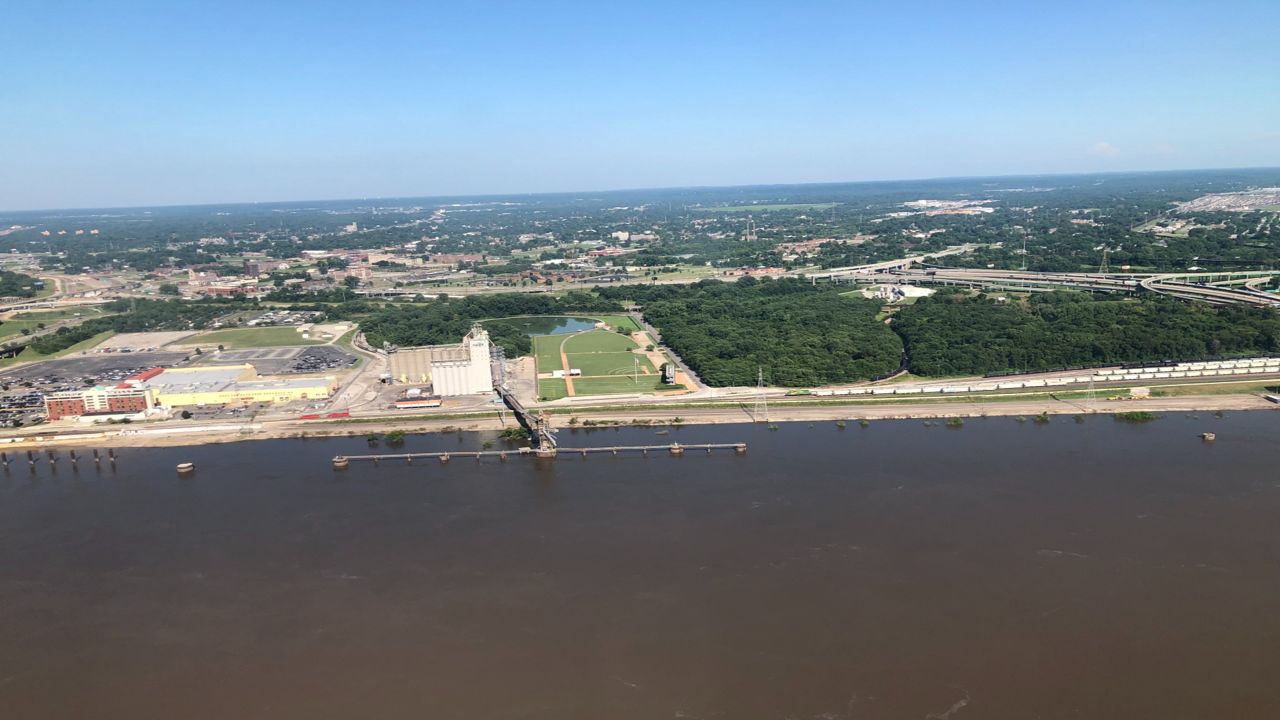The National Weather Service in St. Louis has released its spring 2022 flood outlook for the Missouri and Mississippi Rivers, as well as a variety of waterways in our region.
This spring report contains vital information, and with the flooding of 2019 still fresh in everyone’s minds, what can we expect this year?
Mark Fuchs, Senior Service Hydrologist with the St. Louis National Weather Service, dissected the outlook and explained the probabilistic summaries of flooding and what is likely and what is not.
The data in these reports is based on recent precipitation, soil moisture and snow water content in the basin of interest, as well as the current stream flow.
They then model the information against historic data, 30-60+ years of precipitation that fell over the 90-day period of interest.
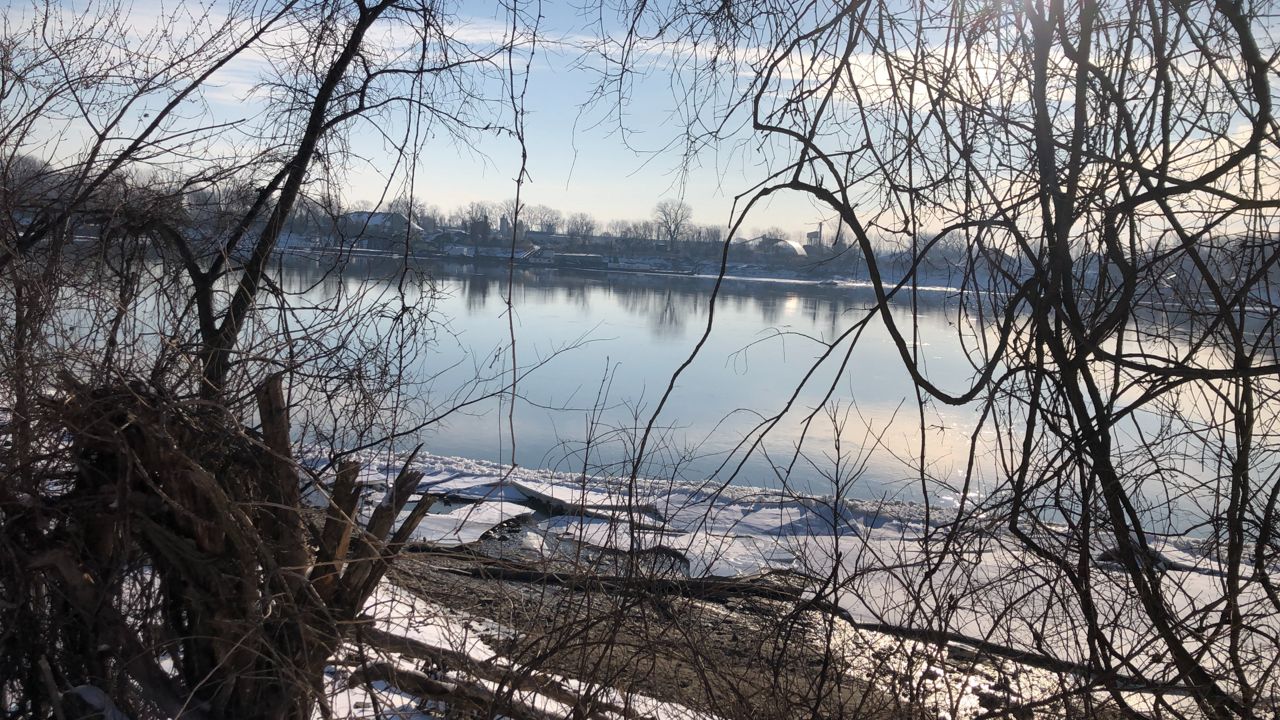
The latest flood outlook, which is updated every two weeks during the spring, showed minor flooding is likely at all Mississippi River forecast points, except at St. Louis.
Fuchs clarifies, "the reason for the lower flood probabilities (regarding the average) in the St. Louis area and downstream is because of the low inflow expected from the Missouri River."
Springtime flooding is common along the Missouri River, with the river exceeding minor flood stage most years from Jefferson City downstream to St. Charles.
However, weather conditions this year portray a different story. "It will take persistent and widespread heavy rainfall this spring to overcome those initial conditions."
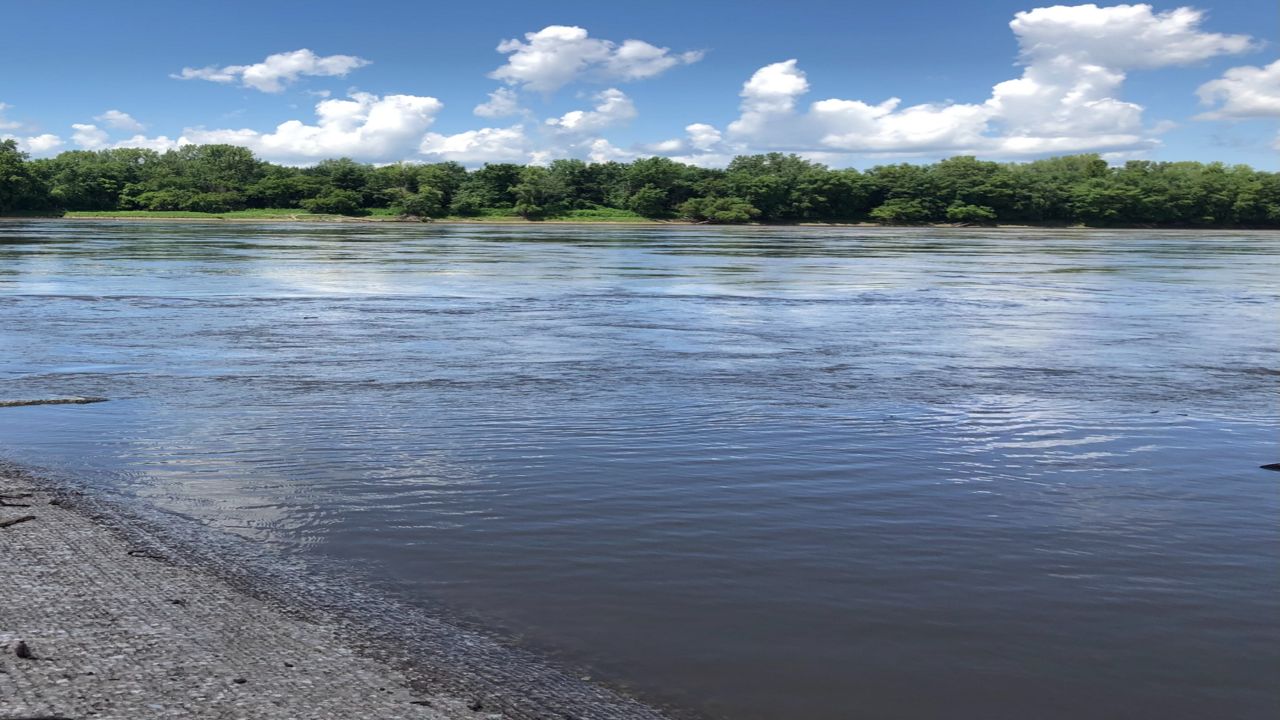
Data used from the St. Louis Lambert International Airport shows our region is close to normal for precipitation.
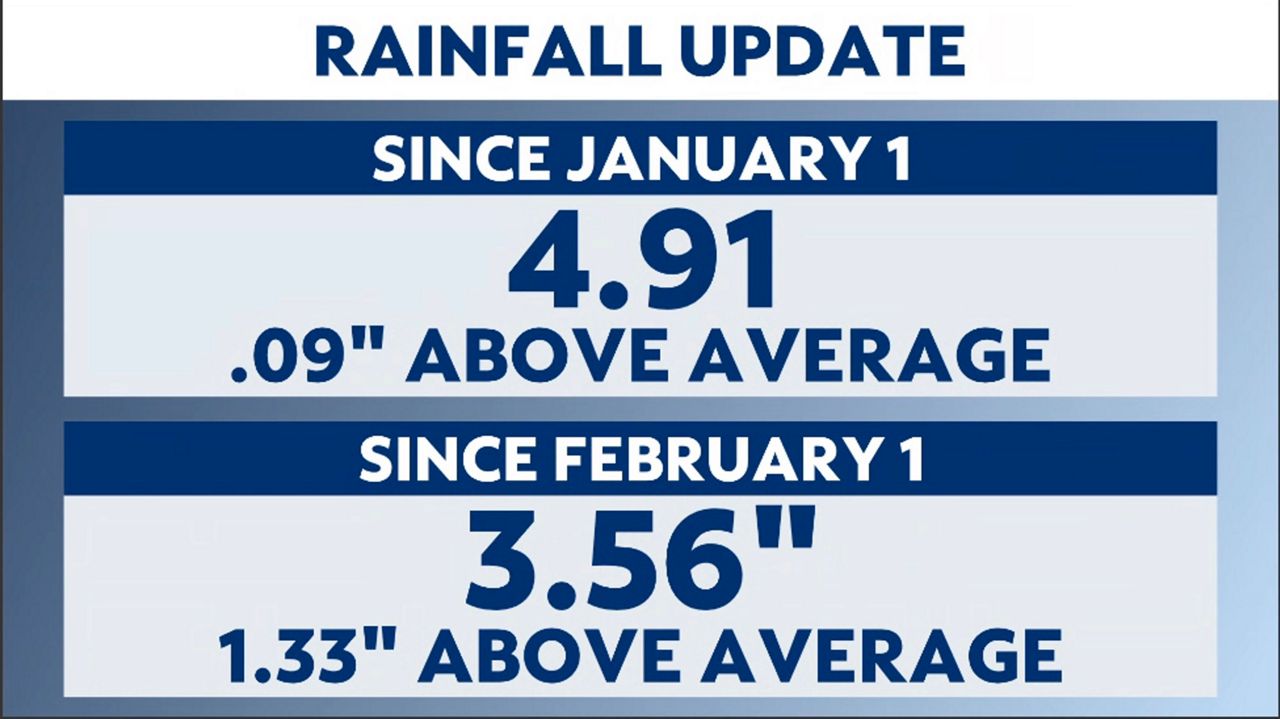
However, these waterways don’t just rely on what is happening in our location, they depend on what’s upstream, and this year, that’s not much.
There’s been a "snow drought" in the Missouri River basin, with estimates of less than an inch of snow water across Kansas, Nebraska and most of South Dakota and Montana.
This, combined with a widespread drought and low soil moisture in these regions, along with low river levels, means there is less likelihood of flooding in our area.
For the Mississippi River, snow water content is not as much of an issue in Missouri, but the magnitude and distribution of this content become the driving factor in southeastern Minnesota and southern Wisconsin into Iowa and northern Illinois.
For the smaller basins in Missouri and Illinois, snow water content is typically negligible and short-lived.
2019 saw flooding in both the Mississippi and Missouri Rivers. There were pictures of the lower Arch grounds flooded by the Mississippi River and big impacts to locations along the Missouri River in St. Charles.
What happened three years ago, and how is today different?
Fuchs explains that the "initial conditions in 2019 (and 2020) were essentially the opposite of what we have in 2022 in almost every category we look at. Snow water content and soil moisture were above normal in both basins. The Missouri River was already well above normal at all gaging locations, as was the Mississippi River."
He adds, "what made 2019 so bad was several widespread rain events, with each one raising the crest higher than the previous crest."
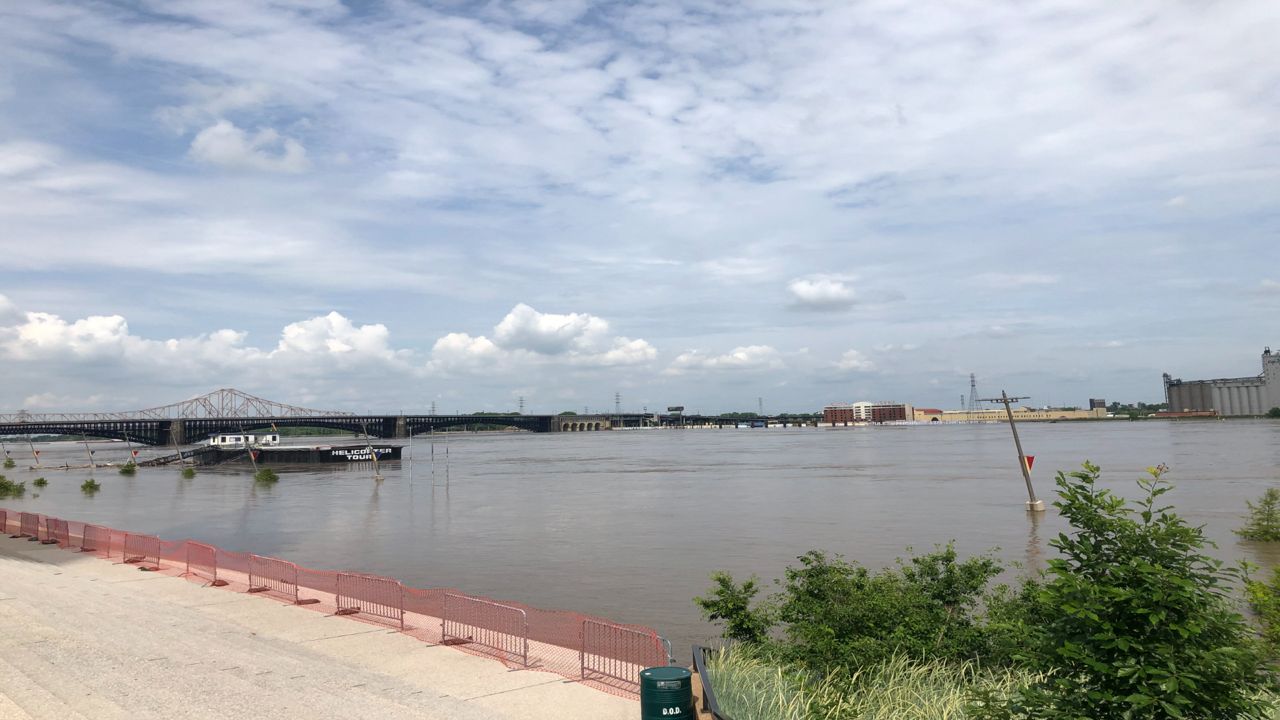
Although this year looks less likely for flooding along both rivers, that’s not to say we won’t see big floods in the future.
How can we mitigate and prepare for floods in our region?
From a non-structural perspective, Fuchs recommends building on higher ground, elevating homes and maintaining the floodplain in our regions as open undeveloped space.
From a structural perspective, he suggests levees, dams, floodwalls and retention ponds.
Adding, "Along smaller streams in urban and suburban areas, additional solutions to prevent the overuse of storm drainage systems include permeable parking lots and rain gardens."




